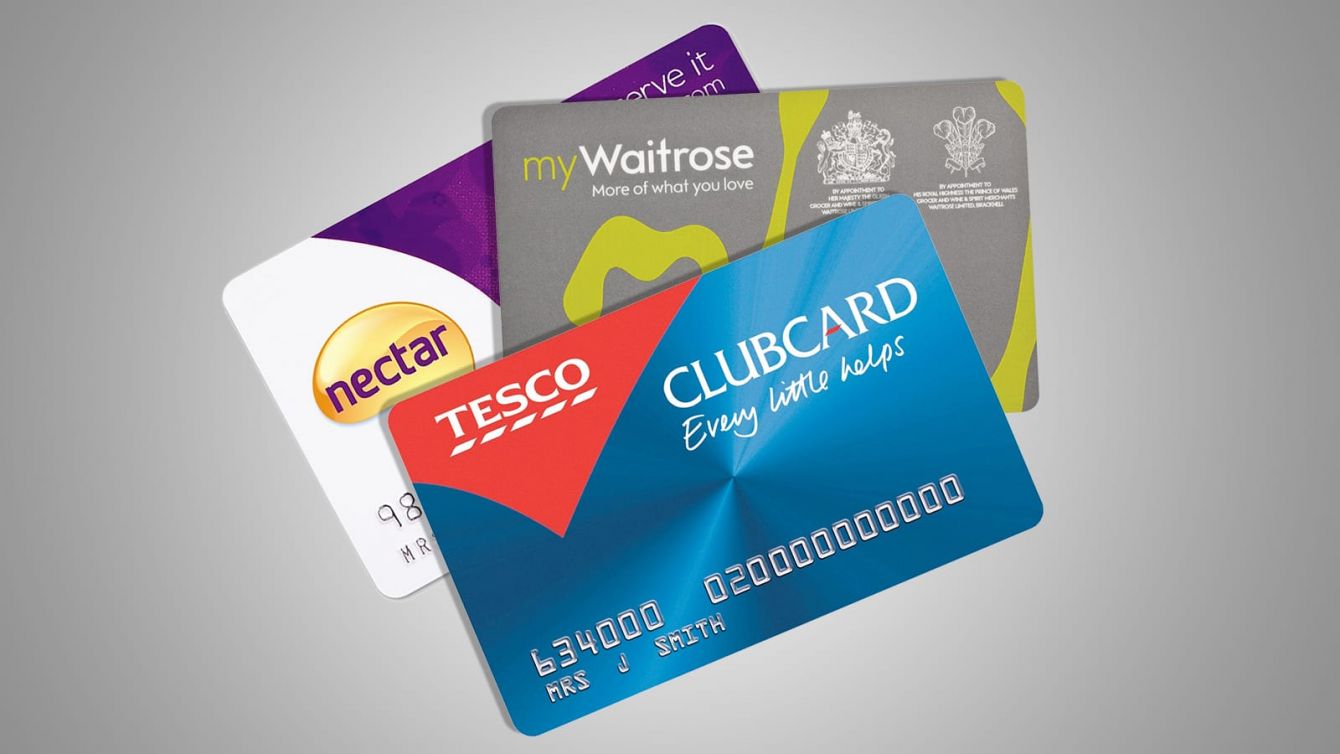 Many retailers gather data about the people who shop in their stores. A lot of data. Whether it is transaction data from the point of sales (POS data) or data scraped from loyalty card members. And online retailers are collecting even more data, covering every step shoppers make through their sites. There is no doubt that it is potentially valuable. But what should retailers do with their retail data? Keep it to themselves? Sell it to their suppliers? Or share it with key suppliers so that they can use it to fuel collaborative insights and plans? As retail and brands face another challenging year ahead therefore, I would suggest that more sharing, and more collaboration is a great idea. So why is it that sharing retail data is such a touchy subject? And what can brands and retailers do differently but build better plans for the year ahead?
Many retailers gather data about the people who shop in their stores. A lot of data. Whether it is transaction data from the point of sales (POS data) or data scraped from loyalty card members. And online retailers are collecting even more data, covering every step shoppers make through their sites. There is no doubt that it is potentially valuable. But what should retailers do with their retail data? Keep it to themselves? Sell it to their suppliers? Or share it with key suppliers so that they can use it to fuel collaborative insights and plans? As retail and brands face another challenging year ahead therefore, I would suggest that more sharing, and more collaboration is a great idea. So why is it that sharing retail data is such a touchy subject? And what can brands and retailers do differently but build better plans for the year ahead?
How valuable is retail data?
Should retailers share their retail data with their suppliers? It’s a thorny question and a perennial one. And as we are just getting to the year end, it is a timely one too. Retail data is definitely valuable, but only if something is done with it. It is a resource, but until it is analyzed and used to create insight and actionable plans, then actually, it is of low value. More data doesn’t necessarily create value.
How can retailers create maximum value from their retail data?
So then the question needs to be framed differently. How best for retailers to create value from their data? There are typically three options:
Retailer could keep their retail data to themselves, and analyze it to create value
This has the upside of keeping this valuable data confidential and reducing the chances of it leaking to the competition. But it also has a significant downside too. Retail data has its limits. It doesn’t give us the full picture. It only tells us some of the story, for some shoppers. So retailers who follow this approach miss out on the opportunity to blend their data with other data that suppliers might have, which could give a much better picture of shopper behavior, and therefore potentially lead to better insights and higher value.
LEARN HOW TO CREATE BETTER SHOPPER INSIGHTS NO MATTER HOW MUCH DATA YOU HAVE
Retailers could sell their data to their suppliers
After all, it is of value and many suppliers around the world seem happy to pay for the data. This creates a guaranteed revenue stream from the sale of data, but it doesn’t necessarily lead to insights. Some suppliers refuse to pay for the data. (And if suppliers want to know if they should buy retail data from their key customers, check this out!)
Some suppliers struggle to afford it. And some would find it difficult to pay for retail data AND all the other data that they would need to build a really good picture of shopper behavior. Remember that retail data is not a complete picture. And in my experience, great insights come from blending different data sources. Arguably, by charging for one source of data, the net effect can be that the total pool of data across supplier and retailer is less. So while this approach creates short term revenue by selling the data, it also reduces the chances of creating high value insight.
So the third option?: give the data away to suppliers
Many retailers do, but many refuse. When I speak to retailers I know, they talk about confidentiality, they talk about the lost revenue opportunity for sure. But they also cite one other reason consistently. That sharing data with suppliers is low value, because the suppliers are rarely able to use the data to create high value insight.
What to do with retail data – The retailer conundrum!
So there is our conundrum. Some retailers are worried about confidentiality. Some are happy to take the ‘easy money’ and sell their data. And some who might be interested in sharing their data are frustrated because it doesn’t deliver the potential value that it should (so why not just sell the data?)
What should retailers do to maximize value from their retail data?
Of course, every situation is different. But from my experience working on projects using all sorts of data (including retail data), I would make the following observations:
- The risk to confidentiality is overstated. I have yet to see any cases where data has been badly handled and this has led to losses being incurred. And there are plenty of steps that retailers can take to safeguard and protect their data. They are sharing it with suppliers, who want an ongoing relationship with them after all. Are they really going to bite the hand that feeds? Maybe, but the risk appears to be low.
- The value created when retail data is blended with other consumer and shopper data can be enormous: far outweighing any revenue gained from selling the data.
- This value creation is rare, for sure: most retail data seems to go largely unused
The big prize with retail data – meaningful collaboration!
The big prize still appears to be to get the data into the hands of those that can use it, to give them time to use it, and to incentivize its use. There are ways to do this. Data could be given in return for a deposit, refundable when category growth is delivered, for example.
Retailers need to open up more to the possibility of collaboration and take a few small risks. Where is the real harm in a trial share of data with a key supplier who seems to have the right intentions? We lose a little revenue on the data? Hardly worth worrying about in my experience.
And suppliers, you need to step up too. Data isn’t insight. You need to teach your teams how to use retail data. You need to invest in understanding your consumers and shoppers, so that you can bring something to the table. And you need to learn how to blend all that data to create real insight.
Retail collaboration fuelled by real shopper insight
Retailers around the world are sitting on a treasure trove of data, but data on its own is worthless. That data, in the right hands, could be valuable. That data, when expertly blended with supplier data, can be worth so much more. Surely there is a better way to pool resources and talent to create better insights, better solutions for shoppers, and better returns for all? Of course there is!
Want to step forward your journey towards shopper insights and retail collaboration? Get in touch now and let’s see how I can help!




